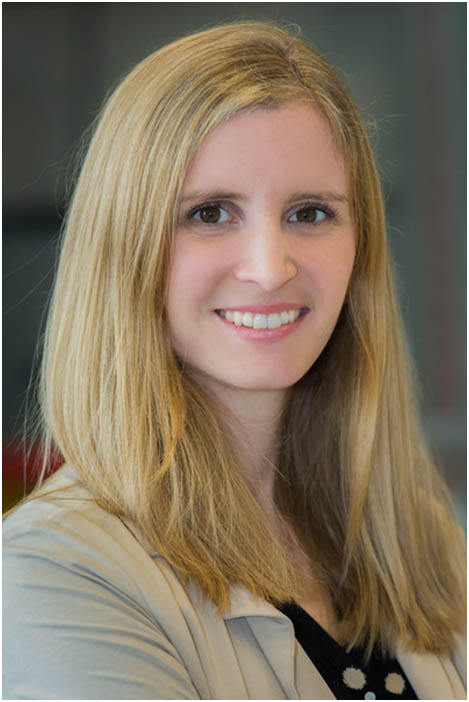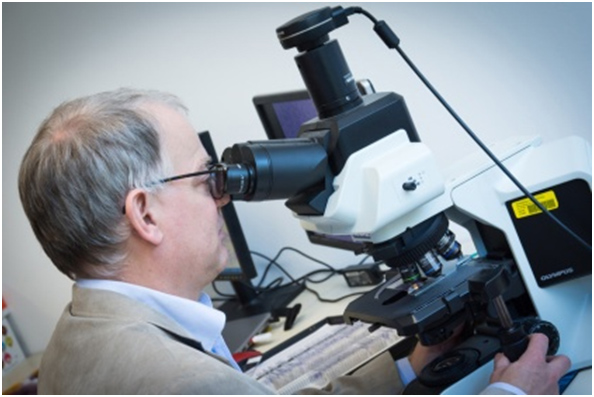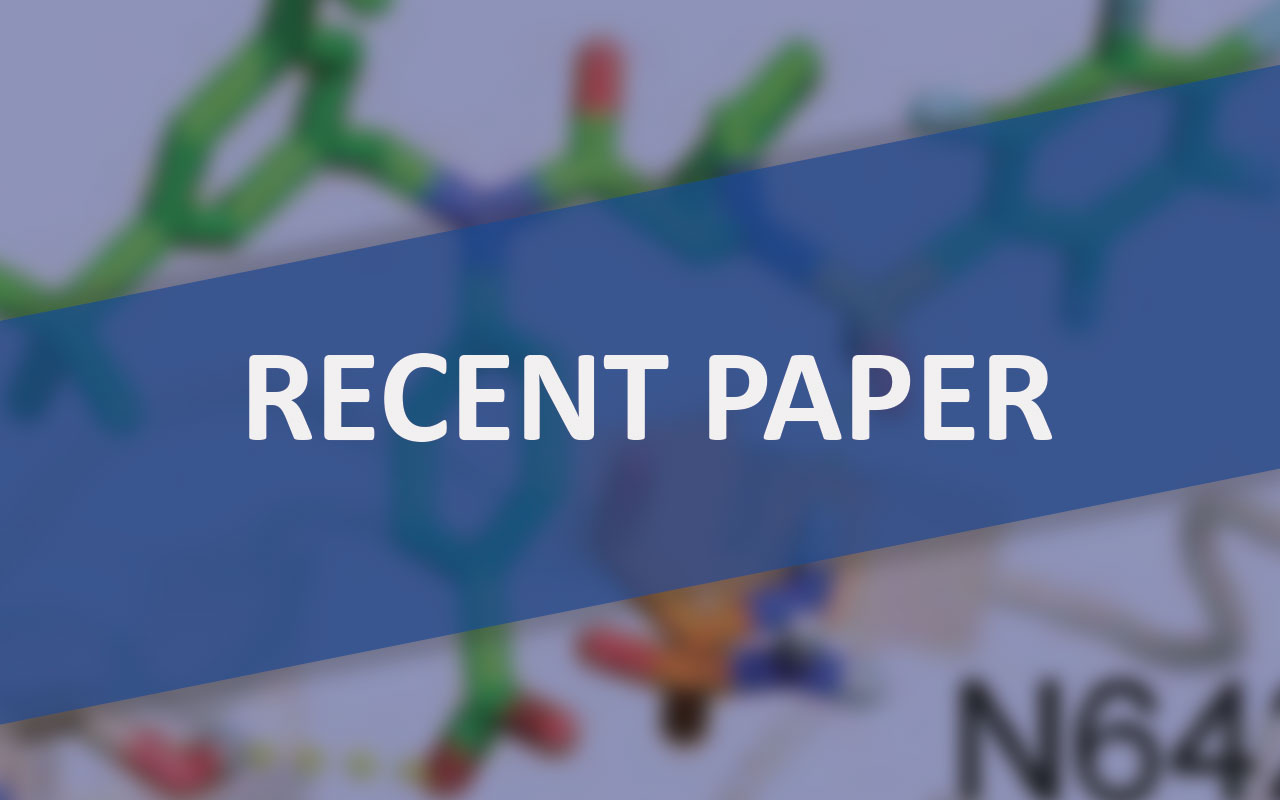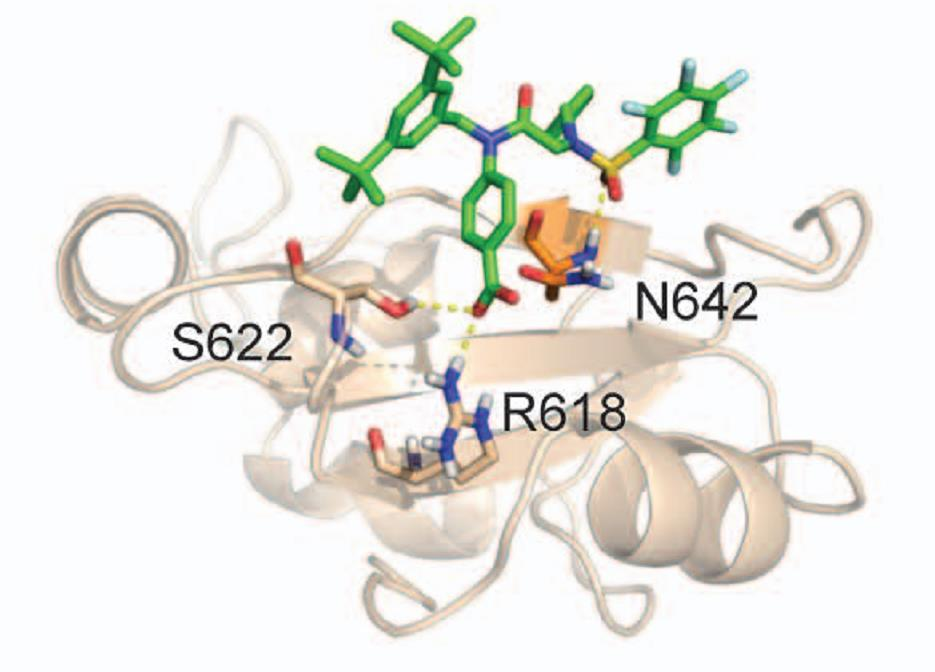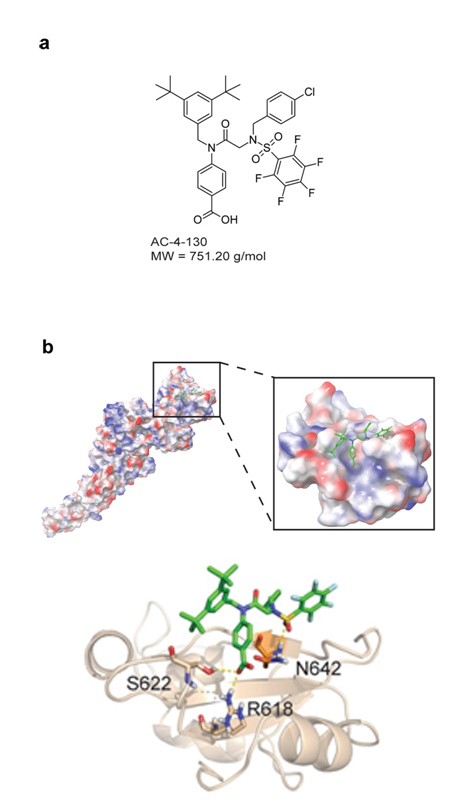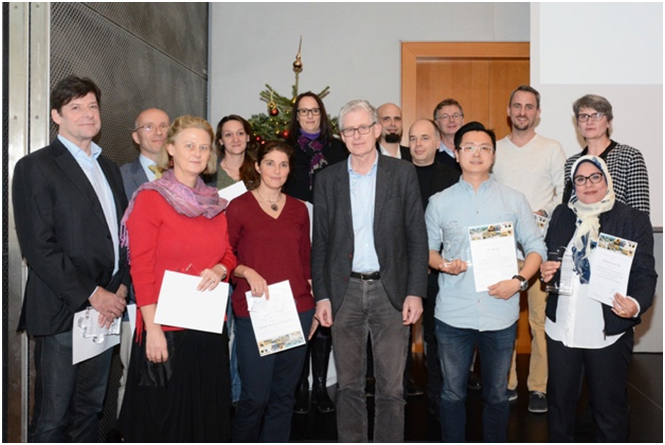RNA helicase DDX3X is important for many aspects of RNA metabolism and RNA translation. In addition, several publications have highlighted a role for DDX3X in immunity, as it contributes to the induction of type I IFNs. However, the in vivo relevance of DDX3X in cells of hematopoietic origin remains unexplored. Using mouse genetics, we demonstrate that DDX3X makes important contributions to innate immunity against pathogens beyond its role in IFN induction, by influencing hematopoiesis as well as the transcription of many antimicrobial genes. By comparison between cells from male or female animals we show that DDX3X functions are in part compensated by its Y-chromosomal homologue DDX3Y. This suggests that DDX3X may be one of the factors contributing to well-established differences of the male and female immune systems.
Publication in PLoS Pathogens
Daniel Szappanos, Roland Tschismarov, Thomas Perlot, Sandra Westermayer, Katrin Fischer, Ekaterini Platanitis, Fabian Kallinger, Maria Novatchkova, Caroline Lassnig, Mathias Müller, Veronika Sexl, Keiryn L. Bennett, Michelle Foong-Sobis, Josef M. Penninger and Thomas Decker
The RNA helicase DDX3X is an essential mediator of innate antimicrobial immunity (2018), https://doi.org/10.1371/journal.ppat.1007397
